Home>Kitchen & Cooking>Kitchen Gadgets & Utensils>What Noise Does A Kettle Make
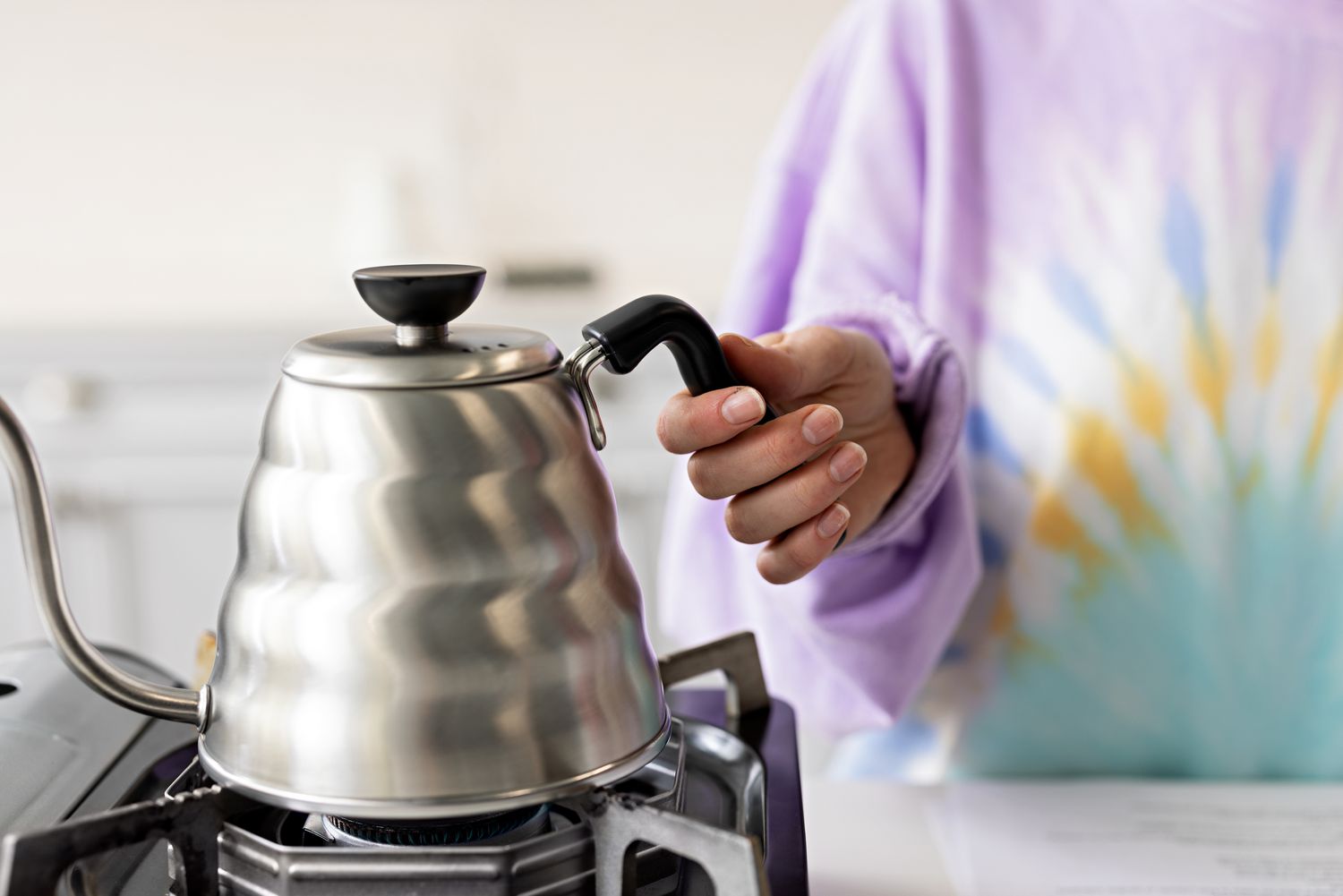

Kitchen Gadgets & Utensils
What Noise Does A Kettle Make
Modified: August 30, 2024
Discover the sounds of a kettle and other kitchen gadgets and utensils. Learn about the noises they make and how they enhance your culinary experience. Explore the world of kitchen sounds today!
(Many of the links in this article redirect to a specific reviewed product. Your purchase of these products through affiliate links helps to generate commission for Storables.com, at no extra cost. Learn more)
The Melodious Symphony of Kettles
Introduction
Ah, the familiar sound of a kettle coming to life on the stovetop or the countertop. It's a comforting and evocative noise that signals the promise of a hot beverage, whether it's a steaming cup of tea, a rich and aromatic coffee, or a soothing mug of hot cocoa. But have you ever stopped to ponder the science behind the sound? What exactly is that noise, and why does it vary from kettle to kettle? Join me as we embark on a journey to unravel the captivating world of kettle noises.
The humble kettle, a staple in kitchens around the globe, is a marvel of engineering and design. Its primary function is to heat water to the desired temperature, but in doing so, it also produces a symphony of sounds that range from gentle hums to vigorous whistles. The orchestration of these noises is influenced by various factors, including the kettle's construction, the type of heating element used, and the water's temperature and composition. By delving into the intricate science of kettles and exploring the factors that shape their symphonic performances, we can gain a deeper appreciation for these indispensable kitchen companions.
So, grab your favorite mug, settle into a cozy spot, and let's embark on a fascinating exploration of the captivating world of kettle noises. Prepare to be enthralled by the harmonious melodies and enchanting rhythms that emanate from these unassuming yet remarkable culinary instruments. Let's uncover the secrets behind the captivating noise of kettles and discover the impact of their symphonies on our daily lives.
Key Takeaways:
- The captivating noises of kettles, from gentle hums to spirited whistles, add a touch of magic and melody to our daily rituals, evoking sensory delight and emotional resonance.
- The symphony of kettle noises enriches our lives with its timeless melody, weaving a narrative of comfort, conviviality, and culinary artistry within our homes.
Read more: Why Does Refrigerator Make Noise
The Science of Kettles
Behind the seemingly simple task of boiling water lies a fascinating blend of physics, engineering, and culinary artistry. At the heart of a kettle’s functionality is the conversion of electrical or thermal energy into heat, which raises the temperature of the water to its boiling point. This process involves several key scientific principles that govern the behavior of water and the generation of sound.
When the kettle is placed on a heat source, whether it’s a gas stove, electric coil, or induction hob, the transfer of heat energy begins to agitate the water molecules within. As the temperature rises, these molecules become increasingly energetic, causing them to move more rapidly and collide with greater force. Eventually, the water reaches its boiling point, at which the vapor pressure within the kettle matches the atmospheric pressure, leading to the formation of bubbles that rise to the surface.
It is at this critical juncture that the captivating symphony of kettle noises emerges. As the bubbles of steam ascend through the water, they create a cacophony of pops, crackles, and hisses, each contributing to the melodic overture of the boiling process. Additionally, the agitation of the water and the release of steam generate vibrations that resonate within the kettle, producing the characteristic hums and whistles that accompany the boiling ritual.
From a scientific standpoint, the intensity and pitch of the sounds produced by a kettle are influenced by various factors, including the rate of heat transfer, the design of the kettle’s spout, and the composition of the water. These elements interact in a complex interplay, shaping the auditory experience of boiling water and giving each kettle its unique voice.
Indeed, the science of kettles is a captivating blend of thermodynamics, acoustics, and material science, offering a glimpse into the intricate interplay of forces and phenomena that underpin our daily rituals in the kitchen. By understanding the scientific principles at work, we can gain a deeper appreciation for the symphonic performances of kettles and the harmonious marriage of art and physics that accompanies the simple act of boiling water.
Factors Affecting Kettle Noise
As we immerse ourselves in the captivating world of kettle noises, it’s essential to explore the myriad factors that contribute to the symphonic performances of these culinary companions. From the design of the kettle to the composition of the water within, numerous elements shape the orchestration of sounds that accompany the boiling process. Let’s delve into the key factors that influence the captivating cacophony of kettle noises.
- Kettle Design: The shape and construction of a kettle play a pivotal role in determining the nature of its noise. The size and curvature of the spout, the material of the kettle’s body, and the presence of sound-amplifying features all contribute to the resonance and pitch of the sounds produced during boiling.
- Heating Element: Whether it’s a traditional stovetop kettle or an electric kettle, the type of heating element employed can significantly impact the kettle’s noise. Induction kettles, for example, harness electromagnetic induction to heat the water, resulting in a distinct auditory experience compared to conventional heating methods.
- Water Composition: The mineral content and impurities present in the water can influence the nature of the noises produced during boiling. Hard water, characterized by high mineral concentrations, may generate distinct sounds compared to soft water, adding a nuanced dimension to the kettle’s symphony.
- Heat Transfer Rate: The rate at which heat is transferred to the water affects the intensity and frequency of the noises emitted by the kettle. Rapid heating may produce more vigorous sounds, while gradual heating can result in a gentler and more gradual crescendo of noise.
- Temperature: The temperature at which the water boils can also impact the auditory experience. Higher temperatures may lead to more pronounced and energetic sounds, while lower temperatures could yield softer and more subdued noises.
By considering these factors, we gain a deeper understanding of the intricate interplay of elements that contribute to the captivating symphony of kettle noises. Each kettle, with its unique design, heating mechanism, and acoustic properties, offers a distinct auditory journey, enriching the ritual of boiling water with a delightful array of sounds.
As we continue our exploration, let’s turn our attention to the diverse types of kettle noises that grace our kitchens, each with its own character and charm, adding a touch of musicality to the daily chore of preparing hot beverages.
When a kettle is boiling, it makes a whistling sound due to the steam escaping through a small hole in the spout. This is a sign that the water is boiling and it’s time to turn off the heat.
Types of Kettle Noises
Step into any kitchen, and you’ll encounter a delightful symphony of kettle noises, each with its own distinctive timbre and rhythm. From gentle murmurs to spirited whistles, the world of kettle sounds is a rich tapestry of auditory experiences. Let’s embark on a journey to explore the diverse types of kettle noises that enliven our culinary spaces and add a touch of musicality to the art of boiling water.
- Soft Hum: As the water begins its ascent to the boiling point, a soft and soothing hum often emanates from the depths of the kettle. This gentle murmur, akin to a tranquil melody, sets the stage for the forthcoming crescendo of sounds, signaling the initial stages of the boiling process.
- Bubbling Chorus: As the temperature rises and the water nears its boiling point, a delightful chorus of bubbles begins to form within the kettle. These effervescent companions create a symphony of pops, crackles, and hisses, infusing the air with the lively energy of the boiling water.
- Whistling Overture: For stovetop kettles, the grand finale of the boiling performance often arrives in the form of a spirited whistle. This exuberant and unmistakable sound, produced as steam forces its way through the kettle’s spout, announces the water’s triumphant achievement of reaching the boiling point, signaling that it’s time to prepare your favorite hot beverage.
- Rhythmic Percussion: Some kettles, particularly those with unique designs or materials, produce a rhythmic percussion of taps and knocks as the water undergoes the tumultuous transformation from liquid to vapor. This syncopated accompaniment adds a playful and dynamic element to the kettle’s symphony.
- Silken Sibilance: In contrast to the more vigorous noises, certain kettles exhibit a whisper-soft sibilance as the water approaches the boiling point. This delicate and ethereal sound, reminiscent of a gentle breeze, casts a sense of tranquility over the bustling act of boiling water.
Each type of kettle noise contributes to the enchanting auditory experience of boiling water, infusing the kitchen with a sense of rhythm and melody. The symphonic journey from the initial hum to the exuberant whistle weaves a narrative of anticipation and delight, transforming a mundane task into a captivating performance.
As we revel in the diverse types of kettle noises, let’s explore the impact of these melodic compositions on our daily lives and the ritualistic significance they hold in our culinary traditions.
The Impact of Kettle Noise
Amidst the hustle and bustle of daily life, the melodic overture of a kettle’s symphony holds a special place in our hearts and homes. Beyond its practical function of heating water, the captivating noise of a kettle carries profound implications for our sensory experiences, emotional well-being, and cultural traditions. Let’s unravel the impact of kettle noise and its significance in shaping our daily rituals and culinary narratives.
Sensory Delight
The auditory journey of a kettle, from its initial hum to the triumphant whistle, engages our senses in a delightful choreography of sound. The gentle murmur of boiling water, the effervescent chorus of bubbles, and the spirited crescendo of a whistle create a multisensory experience that enriches the act of preparing hot beverages. These sounds evoke a sense of anticipation and comfort, signaling the impending pleasure of a steaming cup of tea or coffee, adding a touch of sensory delight to our daily routines.
Emotional Resonance
For many, the sound of a kettle coming to life conjures feelings of warmth, nostalgia, and domestic tranquility. It serves as a familiar and reassuring backdrop to our lives, symbolizing moments of connection, contemplation, and conviviality. Whether it’s the comforting hum heard during quiet mornings or the joyous whistle heralding the arrival of cherished guests, the emotional resonance of kettle noise transcends its utilitarian purpose, weaving a tapestry of shared experiences and cherished memories.
Cultural Significance
Across cultures and traditions, the ritual of boiling water in a kettle is steeped in symbolic and ceremonial significance. From the Japanese tea ceremony, where the precise orchestration of boiling water is an art form in itself, to the British tradition of afternoon tea, where the sound of a kettle signals the commencement of convivial gatherings, kettle noises are intertwined with cultural practices and rituals. They serve as melodic markers of time-honored customs, connecting us to the rich tapestry of culinary heritage and shared communal experiences.
Environmental Ambiance
Within the home, the ambient sounds of a kettle contribute to the overall acoustic landscape, infusing the kitchen with a sense of vitality and domestic harmony. The rhythmic percussion, the silken sibilance, and the exuberant whistle create a backdrop of ambient music that accompanies our culinary endeavors, transforming the act of boiling water into a symphonic interlude within the home’s auditory tapestry.
As we contemplate the impact of kettle noise, we recognize its role in enriching our sensory encounters, fostering emotional connections, preserving cultural traditions, and enhancing the ambiance of our living spaces. The symphony of kettle noises transcends its functional purpose, becoming a cherished companion in our daily lives and an enduring emblem of culinary artistry and domestic comfort.
Join me as we conclude our exploration of kettle noises, reflecting on the enchanting role they play in our kitchens and the profound significance they hold in our culinary narratives.
Read more: Why Does My Toilet Make Noise
Conclusion
As we draw the curtains on our captivating exploration of kettle noises, we find ourselves immersed in the rich tapestry of sensory experiences, cultural traditions, and emotional resonances that these melodic symphonies embody. The journey from the gentle hum of anticipation to the exuberant whistle of fulfillment encapsulates a narrative of comfort, conviviality, and culinary artistry, enriching our daily rituals and domestic landscapes.
Throughout our odyssey, we’ve uncovered the intricate science that underpins the captivating noise of kettles, delving into the thermodynamic ballet and acoustic poetry that accompany the simple act of boiling water. We’ve marveled at the diverse factors that shape the orchestration of sounds, from the design of the kettle to the composition of the water within, each contributing to the unique auditory journey that unfolds within our kitchens.
Our exploration of the types of kettle noises has revealed a symphonic panorama that spans from tranquil murmurs to spirited whistles, each type adding its own distinct character to the culinary overture. These sounds, beyond their practical function, evoke a sense of sensory delight, emotional resonance, and cultural significance, weaving a narrative that transcends the utilitarian purpose of a kettle and embraces the essence of shared experiences and cherished traditions.
As we reflect on the impact of kettle noise, we recognize its role in enriching our sensory encounters, fostering emotional connections, preserving cultural traditions, and enhancing the ambiance of our living spaces. The symphony of kettle noises becomes a cherished companion in our daily lives, an enduring emblem of culinary artistry and domestic comfort that resonates with the rhythms of our hearts and homes.
So, the next time you hear the familiar melody of a kettle coming to life, take a moment to savor the enchanting symphony that unfolds within its humble confines. Embrace the sensory delight, the emotional resonance, and the cultural significance that these captivating noises embody, and let them infuse your daily rituals with a touch of magic and melody.
As we bid adieu to our exploration, let’s carry with us an appreciation for the harmonious cacophony of kettle noises, a testament to the enduring allure of everyday marvels and the transformative power of culinary rituals. Until we embark on our next culinary escapade, may the symphony of kettle noises continue to serenade our senses and stir our souls, enriching our lives with its timeless melody.
Frequently Asked Questions about What Noise Does A Kettle Make
Was this page helpful?
At Storables.com, we guarantee accurate and reliable information. Our content, validated by Expert Board Contributors, is crafted following stringent Editorial Policies. We're committed to providing you with well-researched, expert-backed insights for all your informational needs.
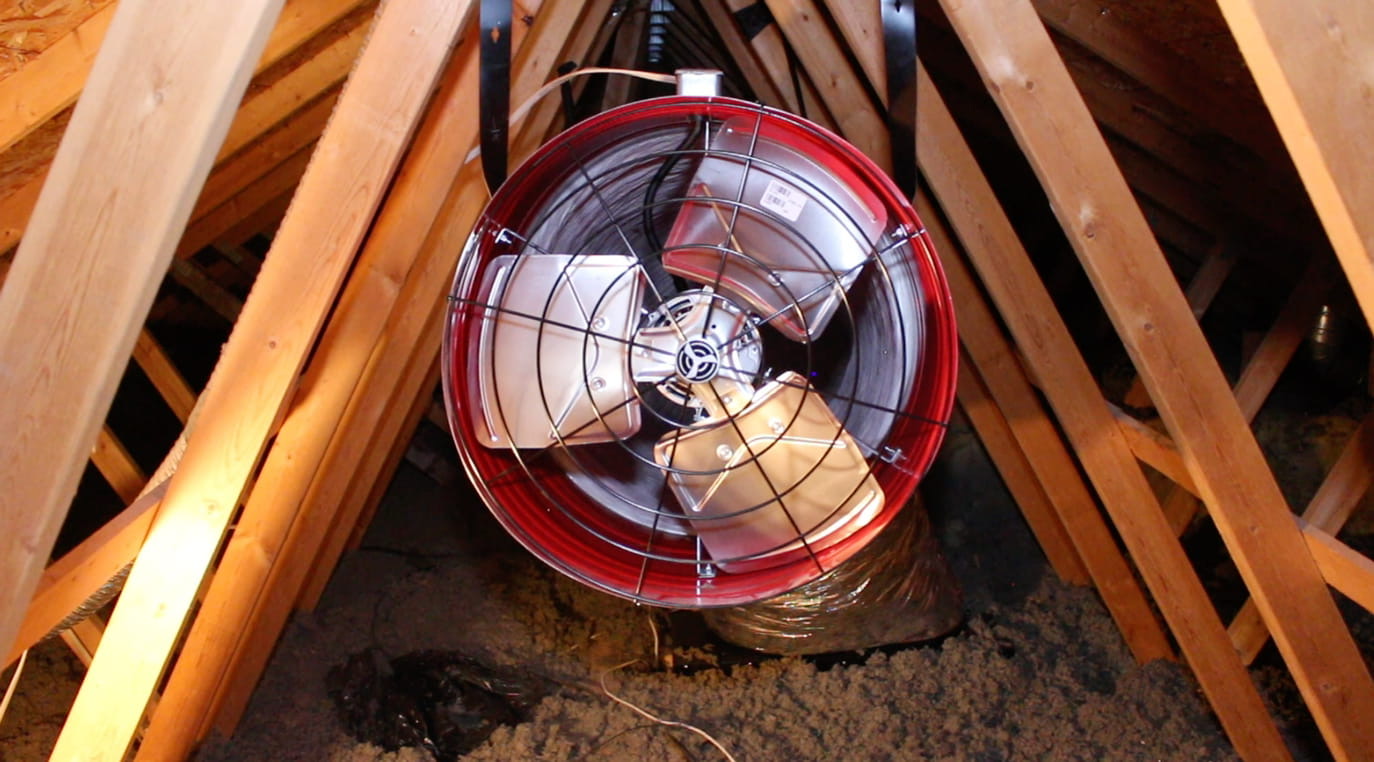


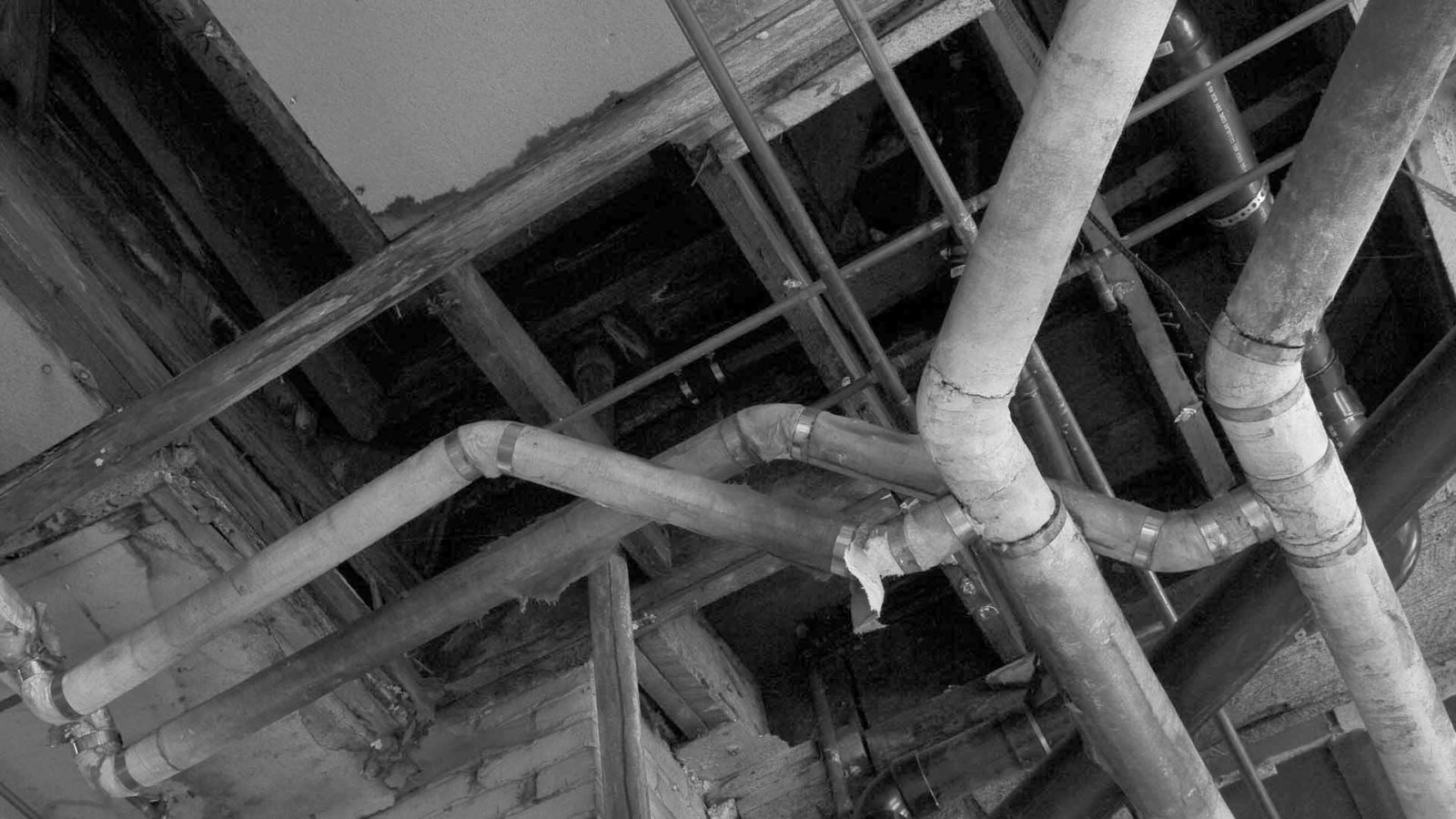
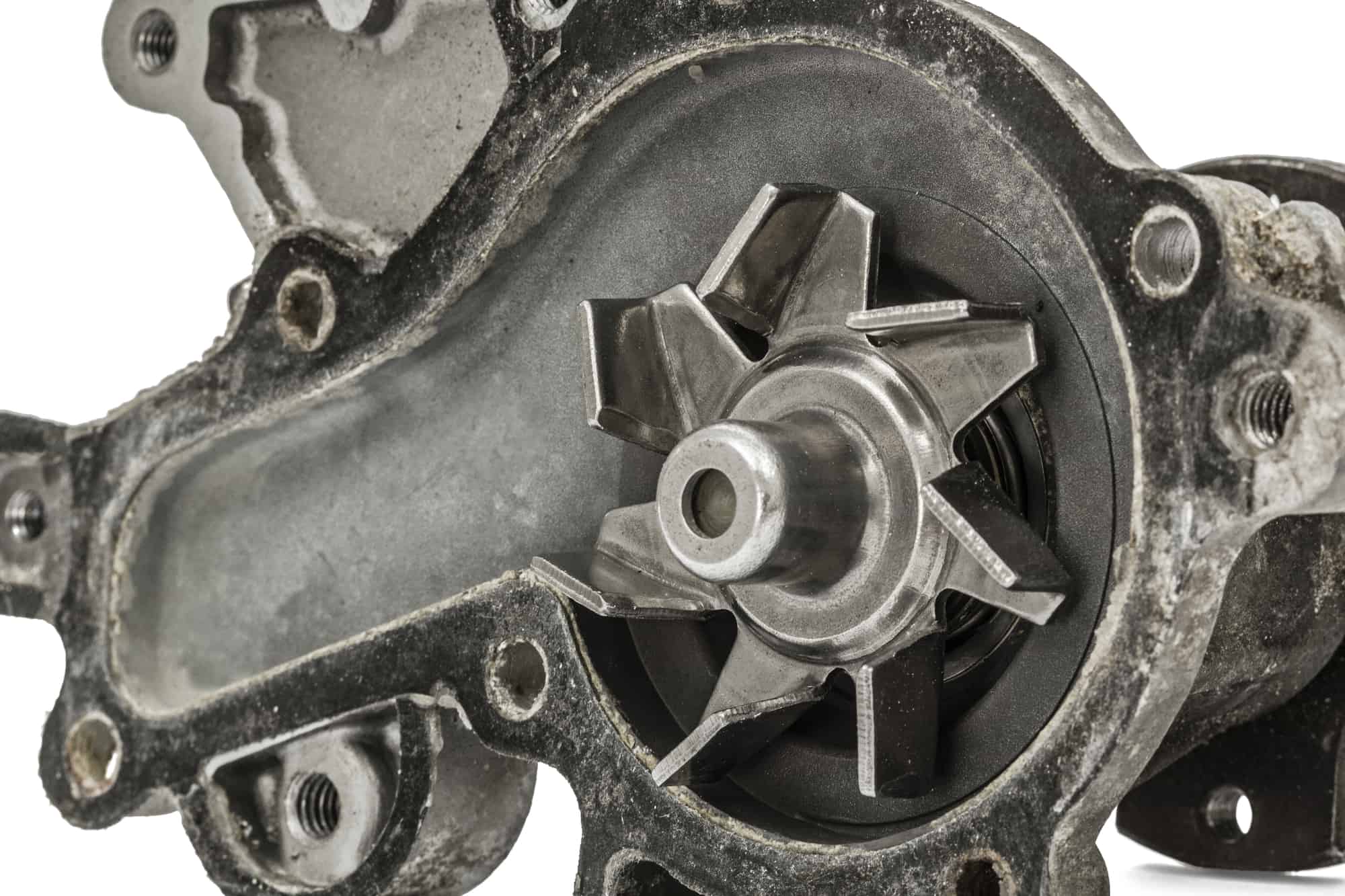
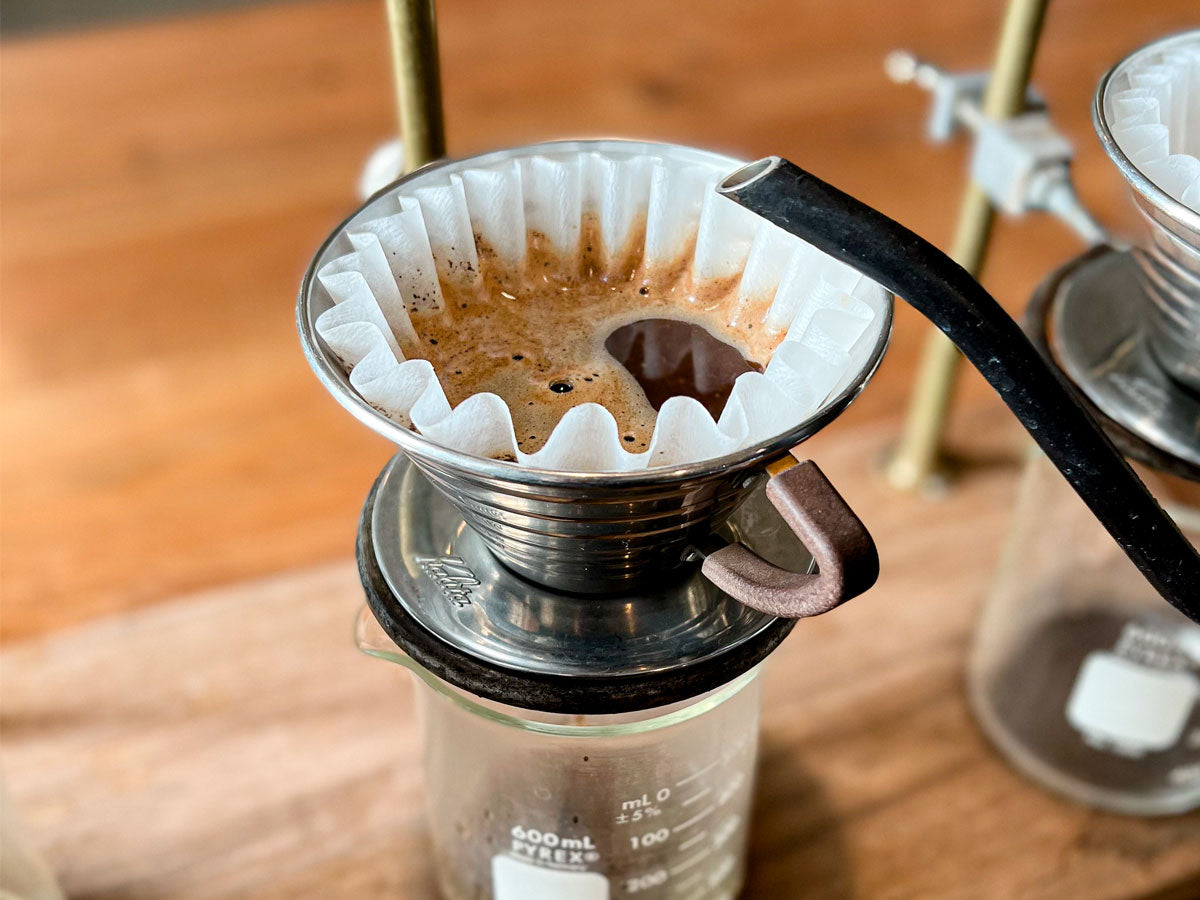



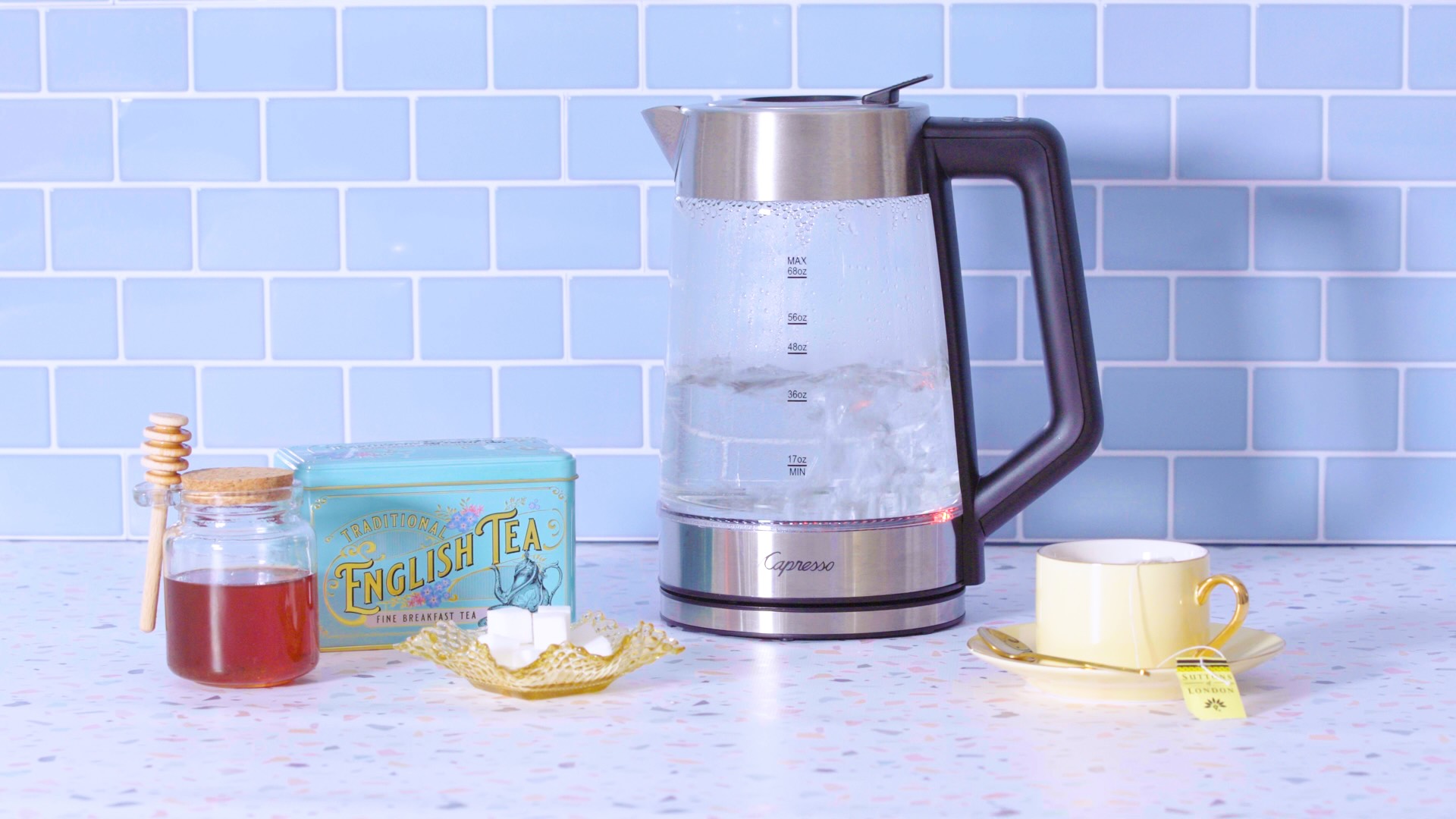

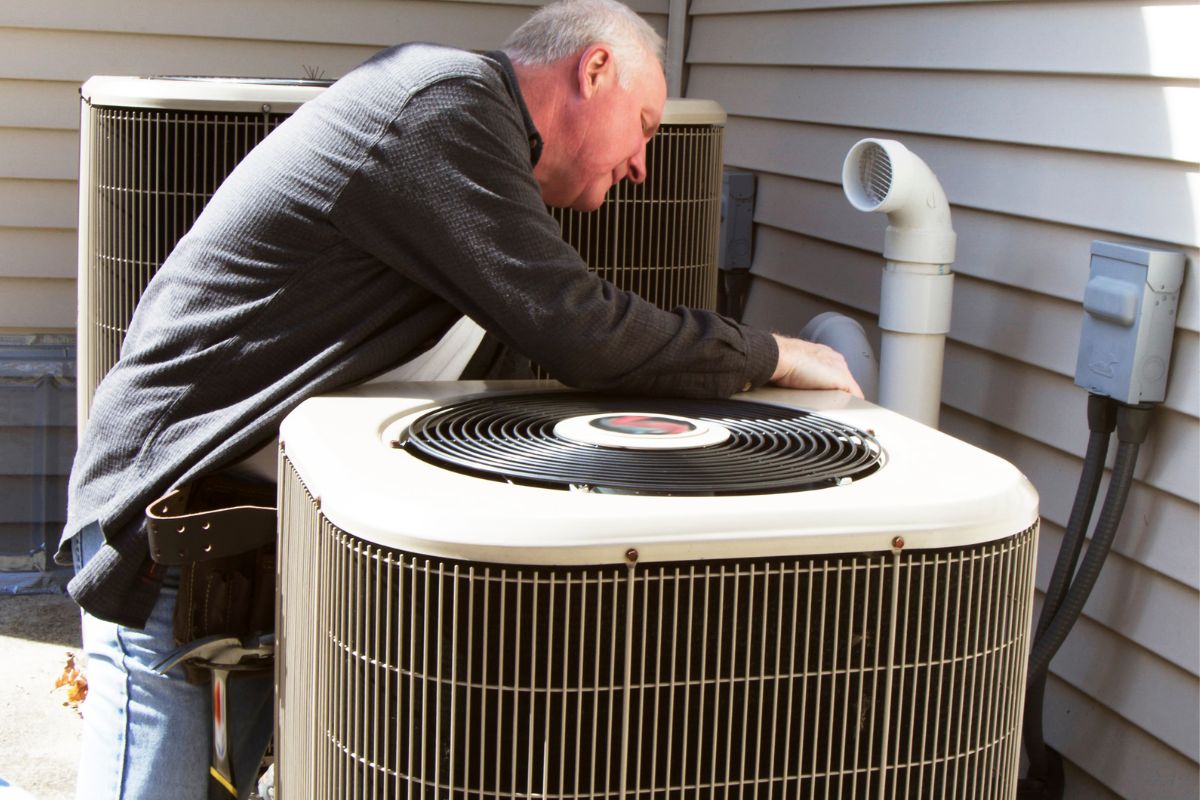

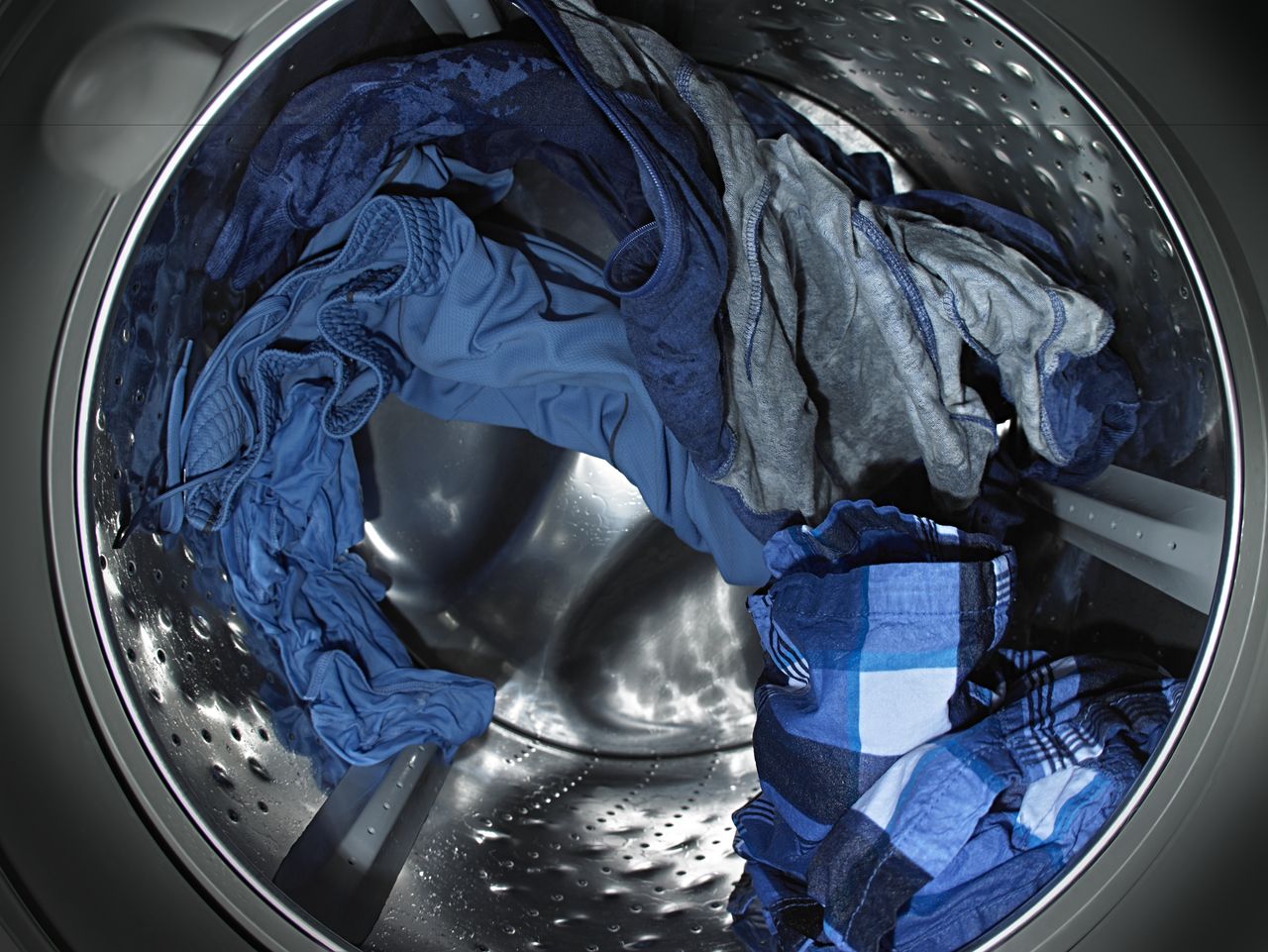

0 thoughts on “What Noise Does A Kettle Make”